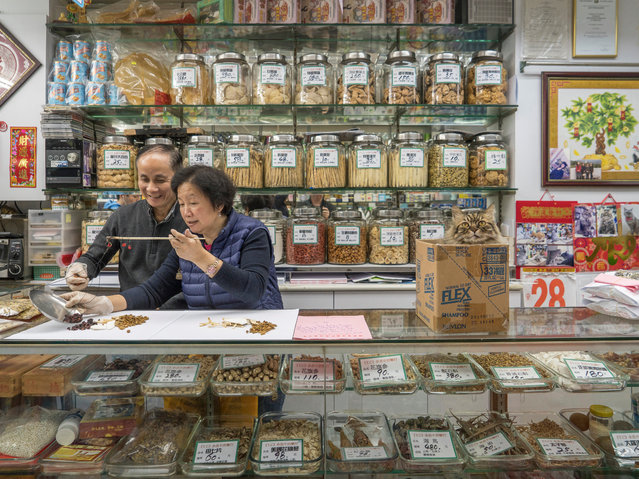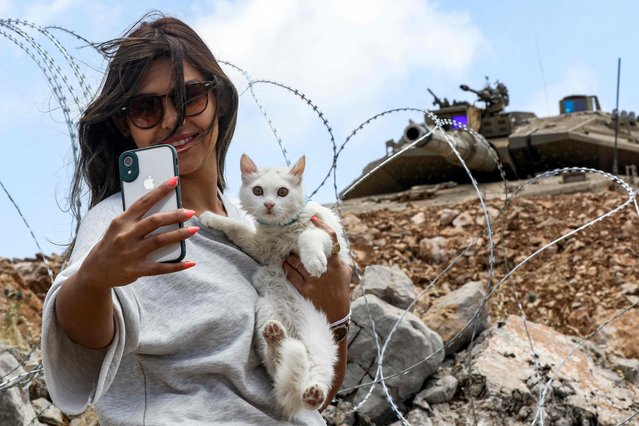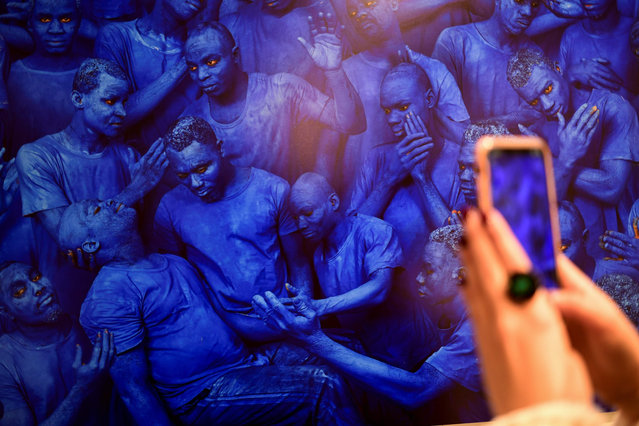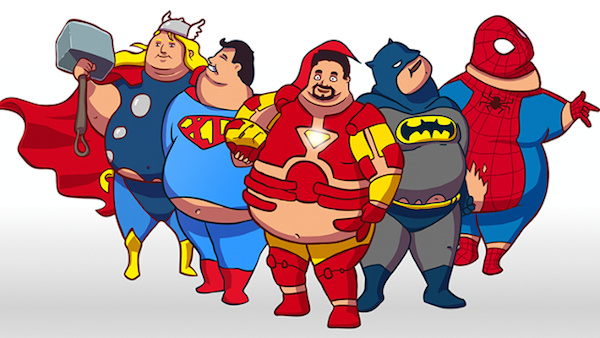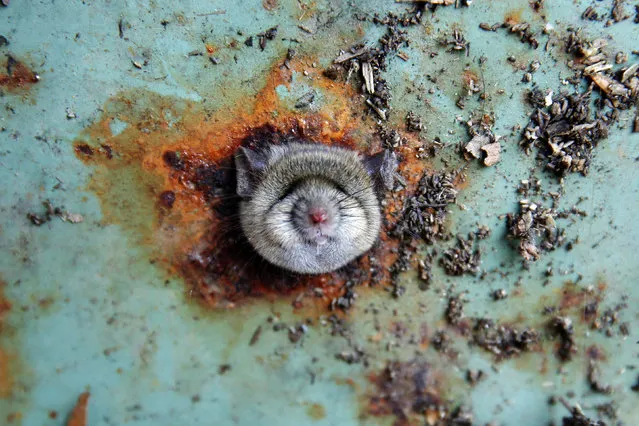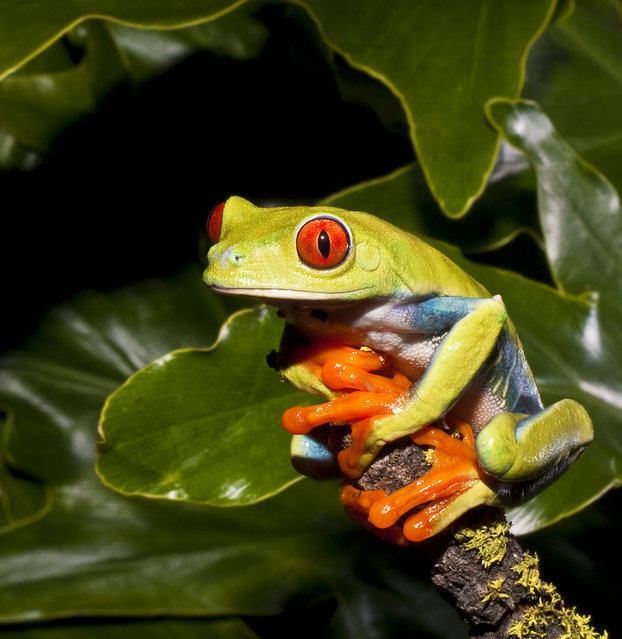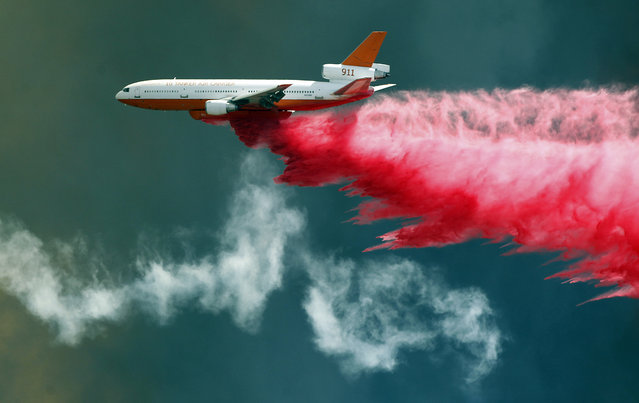
A DC-10 air tanker delivers flame retardant to the Blue Cut fire in Wrightwood, Calif., Wednesday, August 17, 2016. A wildfire with a ferocity never seen before by veteran California firefighters raced up and down canyon hillsides, instantly engulfing homes and forcing thousands of people to flee, some running for their lives just ahead of the flames. (Photo by Alex Gallardo/AP Photo)
18 Aug 2016 11:20:00,post received
0 comments

